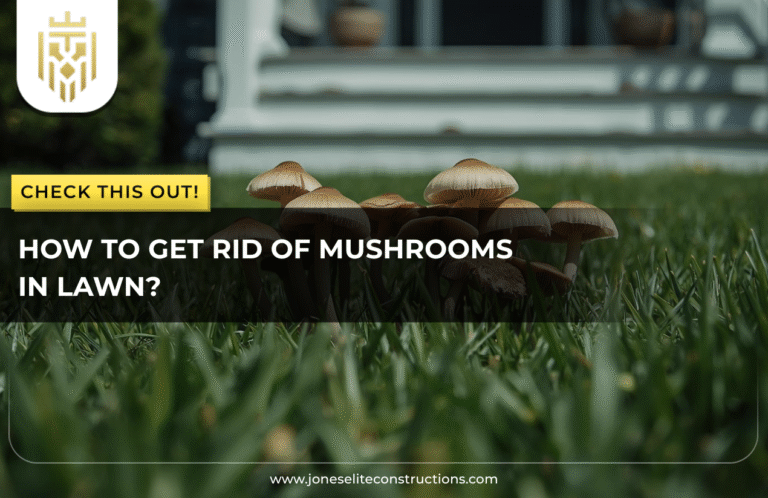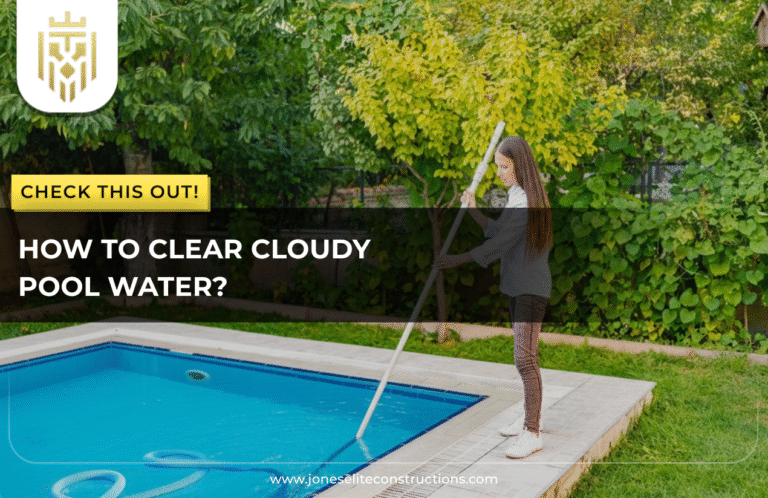What is Sod?
Sod is a layer of pre-grown grass with both its roots and some soil, and it is meant for easy installation. Knowing what is sod allows you to have a fully-established lawn installed in rolls or squares right away without waiting a long time.
Benefits of Using Sod for Your Lawn
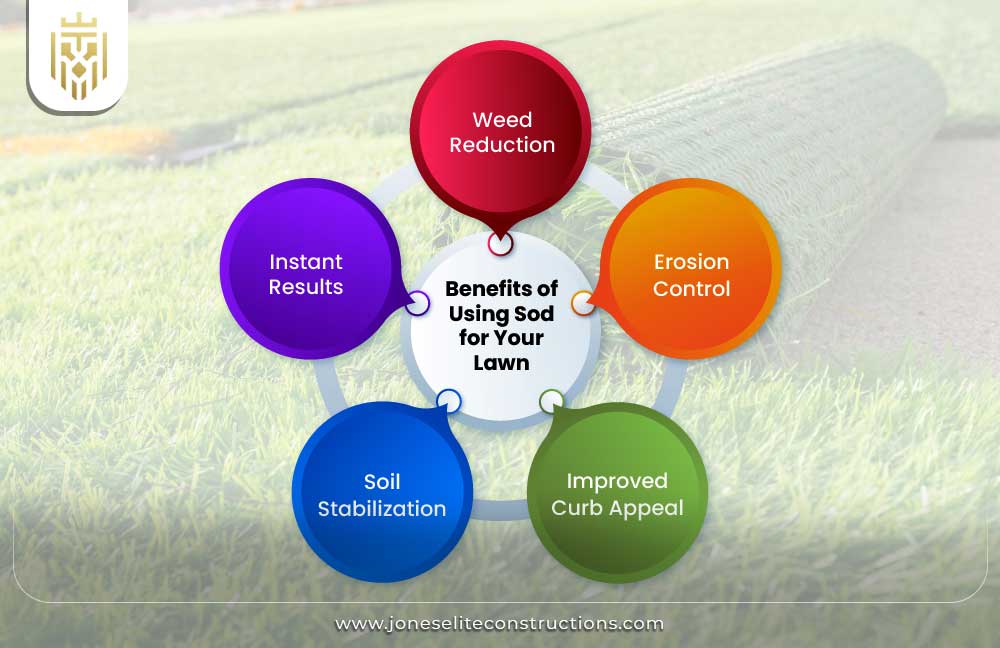
By installing sod, you get a instant, smooth lawn with less weed growth, stronger erosion prevention, and increased appeal from your house’s curb. Installing a sod lawn stabilizes the soil much faster and takes less effort to establish than germinating greens from seed.
Instant Results
Once installed, sod offers a complete lawn, making the area look attractive and fully covered at once. Sod is different from seeds in that it helps stop erosion and is easier to maintain during the first several days. People who want to see quick and sure success should opt for a sod lawn.
Weed Reduction
The structure of sod, which is made up of mature grass, blocks the growth of weeds. As a result, lawns will need fewer chemical treatments and routine maintenance, so they stay clean and healthy for a long time.
Erosion Control
Due to its strong roots, sod prevents erosion by binding the soil and firmly stabilizing the ground. For sloped areas or places that get a substantial amount of rain, sod is the perfect option because it stops the soil from washing away.
Improved Curb Appeal
Sod turns a yard into a beautiful yard right away. It makes your house more attractive from the outside, raises the value of your home, and gives it a clean and sharp appearance. Besides heating and cooling, it also removes dust and improves how clean your home’s air is.
Soil Stabilization
With its strong matrix of roots, sod naturally prevents soil from being swept away by water during storms. The fast stabilization in places with sandy or loose soil is especially important because ground cover protects against further erosion in the long run.
Different Types of Sod for your Lawn
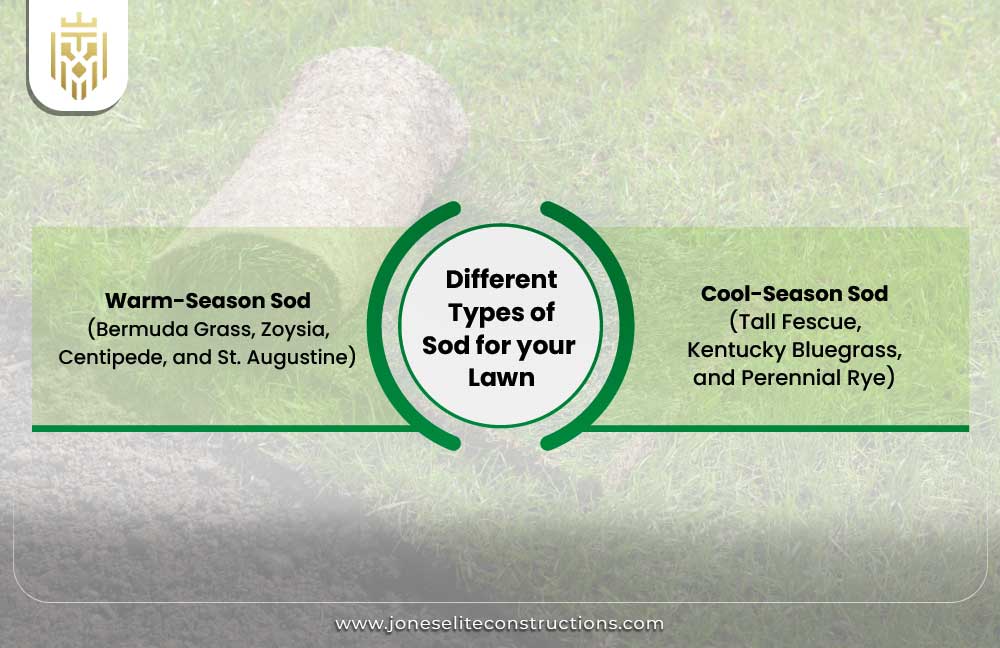
People can find sod types that are suitable for their local weather. Bermuda and Zoysia grow well where the weather is warm, whereas the Kentucky Bluegrass and Tall Fescue types of grass do well in cooler places. Getting the right kind of grass leads to a healthy lawn.
Warm-Season Sod
Types of warm-season sod, such as Bermuda, Zoysia, St. Augustine, and Centipede do well in hot climates. They do best in summer by actively growing and then cut down during the cold weather, which is why they thrive in southern or tropical regions.
Bermuda Grass
Bermuda is well suited for places that get a great deal of sunlight. Because it is resistant to drought and strong, it is excellent for sports fields and your yard at home. It will commonly go brown during winter, but its color restores when it becomes warmer.
Zoysia
Zoysia does not require a lot of care, and it is also known for being hard-wearing and heat-proof. It makes a thick carpet that prevents weeds from growing and requires you to mow rarely. Having Zoysia turf is beneficial in hot regions because it is so adaptable.
Centipede
Centipedegrass grows in light green, low-fertility soils that partly receive sunlight. You need to care for it only occasionally, and it is a perfect pick for eco-friendly lawns. Despite a quieter winter season, the park’s paths are still maintained and the area remains easy to walk on.
St. Augustine
St. Augustine loves shade and usually grows best where the weather is warm and humid. It results in a dense lawn formed by broad blades and needs to be mowed often. Such conditions are superb for homes that go between sunlight and shade at various periods of the day.
Cool-Season Sod
Tall fescue, Kentucky bluegrass, and perennial rye-grass thrive during the spring and fall weather. With mild temperatures, these kinds of turf grass continue to be green for a longer period and are good at getting through seasons.
Tall Fescue
The tall fescue is a type of sod that does well in droughts because of its deep roots. This grass works in all types of soil and remains green for much longer than other varieties. You will find that soft fan grass is usually in mixes for northern turf blends.
Kentucky Bluegrass
Kentucky Bluegrass grows thick and has a fine texture; it does well in cool weather. It needs warm summers and cold winters to grow and soon forms a lawn due to the spreading of its underground rhizomes.
Perennial Rye
Perennial rye grass takes root fast and provides a nice, green lawn in regions with cool weather. Adding different varieties of sod helps improve its durability and gives quick results for consumers and suppliers living in the north and transitional areas.
Why Choosing the Right Sod Matters
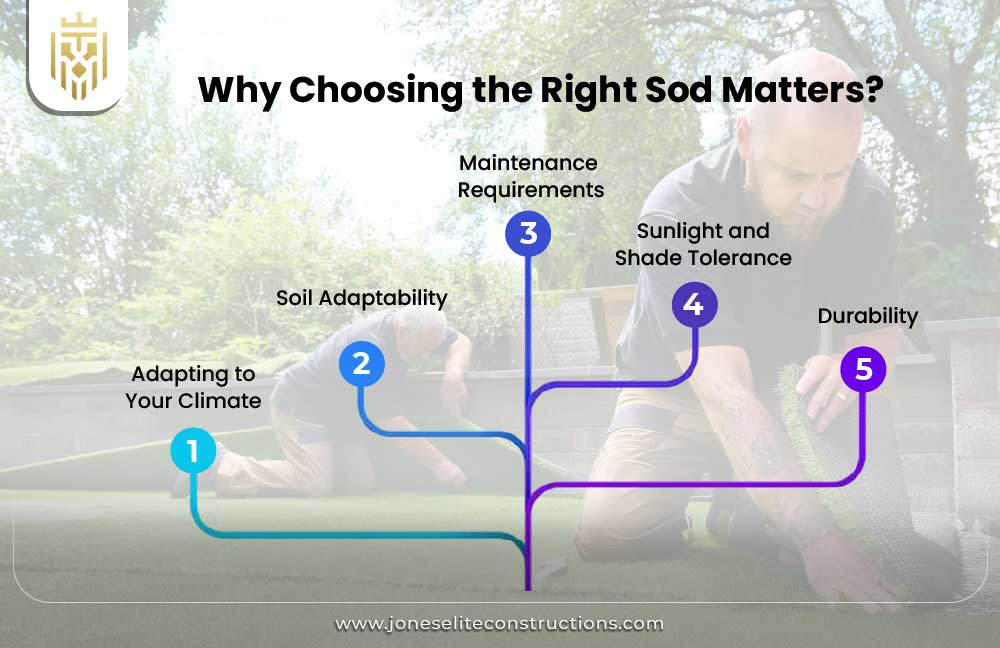
Selecting the right kind of sod means your lawn fits well with the climate, soil, and sun where you live. Choosing the appropriate sod saves you time and energy, makes your lawn last, and makes the grass look good.
Adapting to Your Climate
Comprehending what is sod and figuring out the ideal one is just a first step. You need to choose the proper type, since each type is suited to different climates. In all sorts of climates, choosing the suitable grass will keep your lawn flourishing for years with low maintenance.
Soil Adaptability
Sod is affected differently by soil factors such as pH, how it drains, and the texture it has. If you pick the right sod based on your soil, it will grow strong roots and make your lawn more tolerant to different conditions. Picking the wrong sod may not let your lawn grow well.
Maintenance Requirements
Sod types need different levels of maintenance. A few grass types need regular mowing and fertilizing, but some are very carefree. Picking the right sod will give you a beautiful lawn that suits your daily life and will not cost or take much time to care for in the future.
Sunlight and Shade Tolerance
The health of lawns depends greatly on how much shade or sunlight it receives. A sod with the right tolerances for light will let your yard stay bright and lush no matter how much sun it gets.
Durability
When sod is placed in a busy area, it should be able to handle lots of steps. There are some types of sod that are more resistant and come back quickly when damaged, so they suit families and pets well.
FAQs
1) What is Sod?
Sod is a layer of pre-grown grass with both its roots and some soil, and it is meant for easy installation. Knowing what is sod allows you to have a fully-established lawn installed in rolls or squares right away without waiting a long time.
2) What are the Different types of sod?
The available types of sod are Bermuda, Zoysia for warm-season lawns, and fescue and bluegrass for those in cooler areas. You should choose a sod that fits your region’s weather, the sunlight it gets, and how it will be used.
3) Why Choosing the Right Sod Matters?
Selecting the right kind of sod means your lawn fits well with the climate, soil, and sun where you live. Choosing the appropriate sod saves you time and energy, makes your lawn last, and makes the grass look good.
4) How often should I water new sod?
During the first fortnight, it is important to water your new sod daily and ensure it does not end up wet. After a while, give the plant less water so it can establish its roots. Watering the lawn correctly is necessary for both the sod’s success and planting roots to remain healthy.


